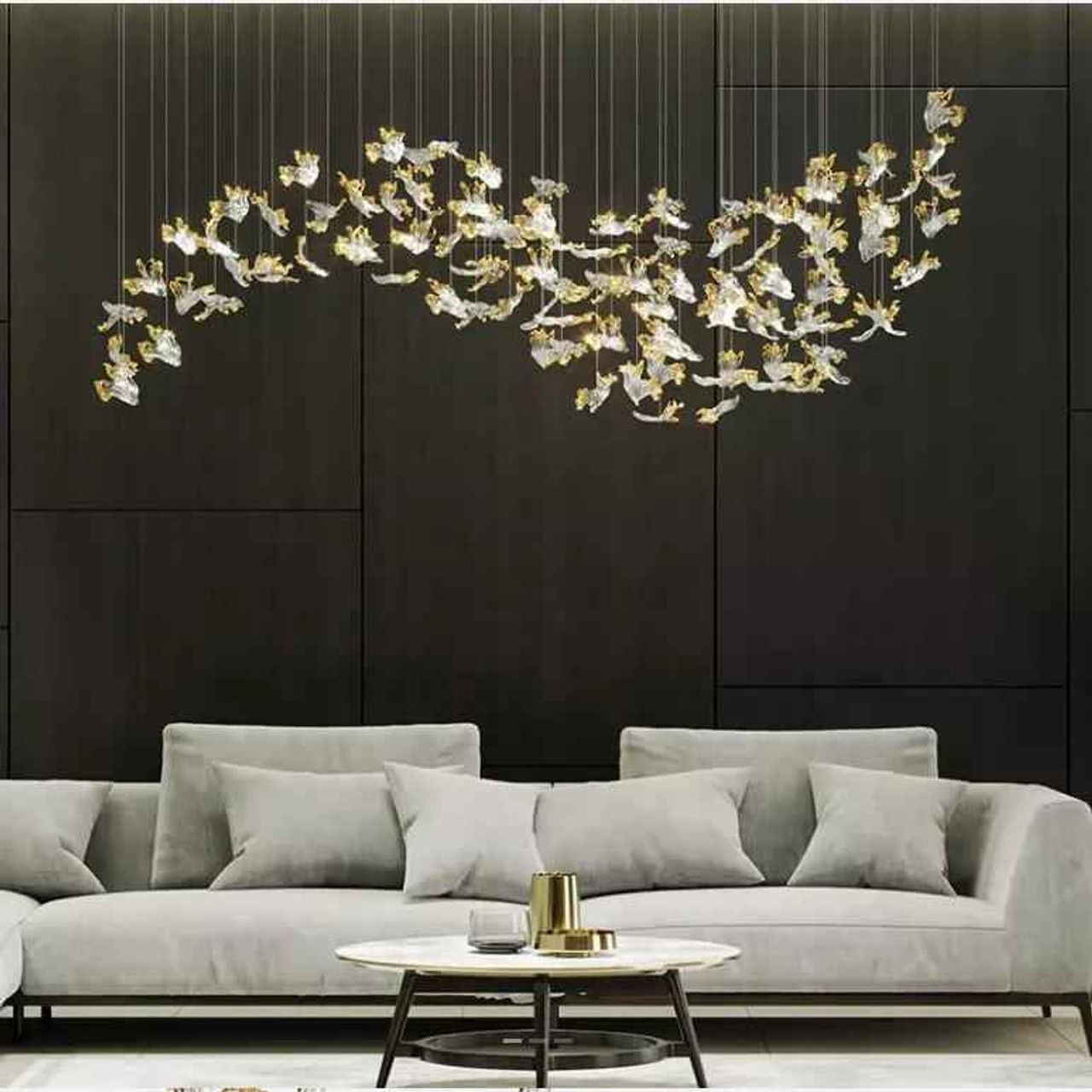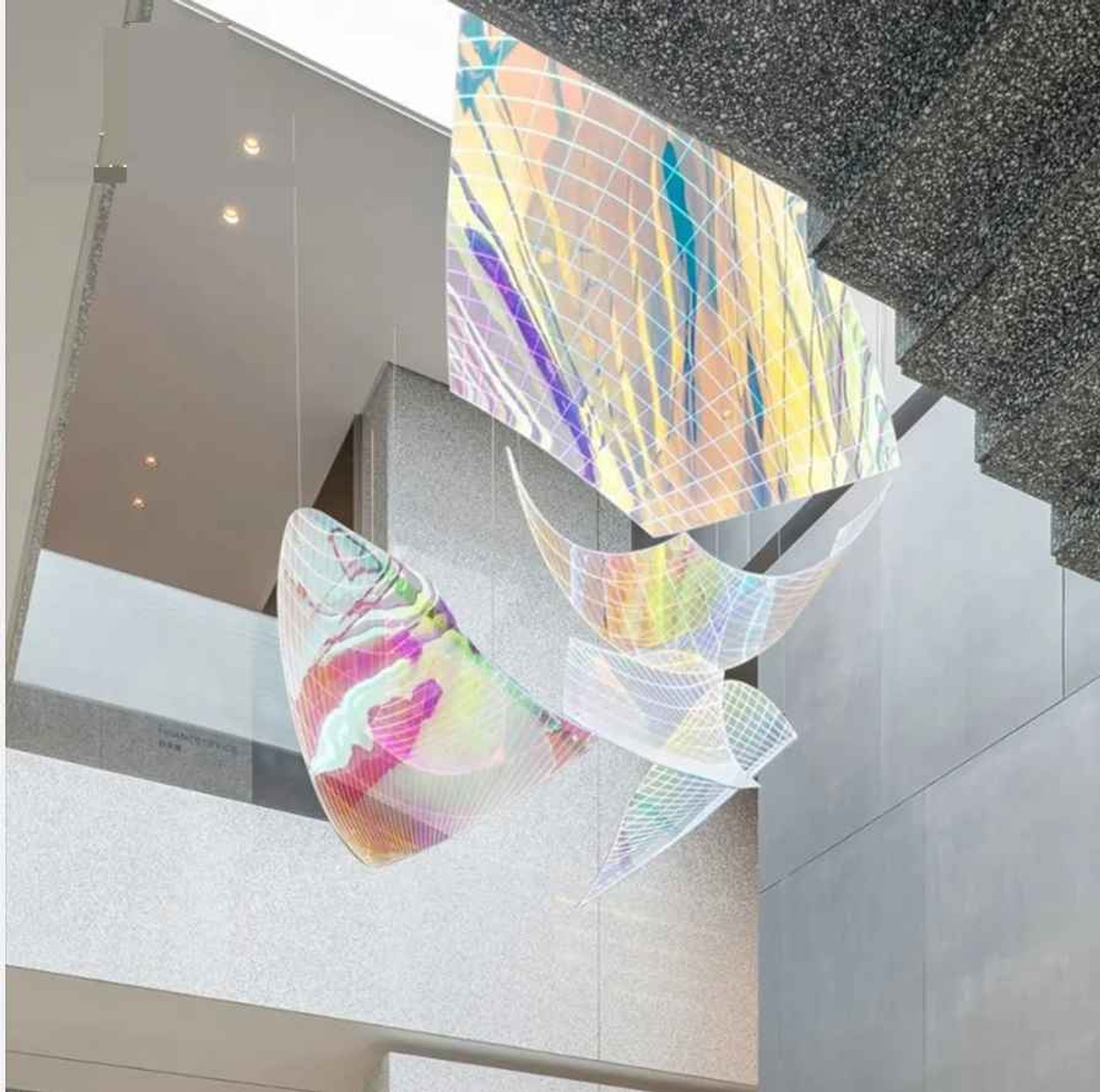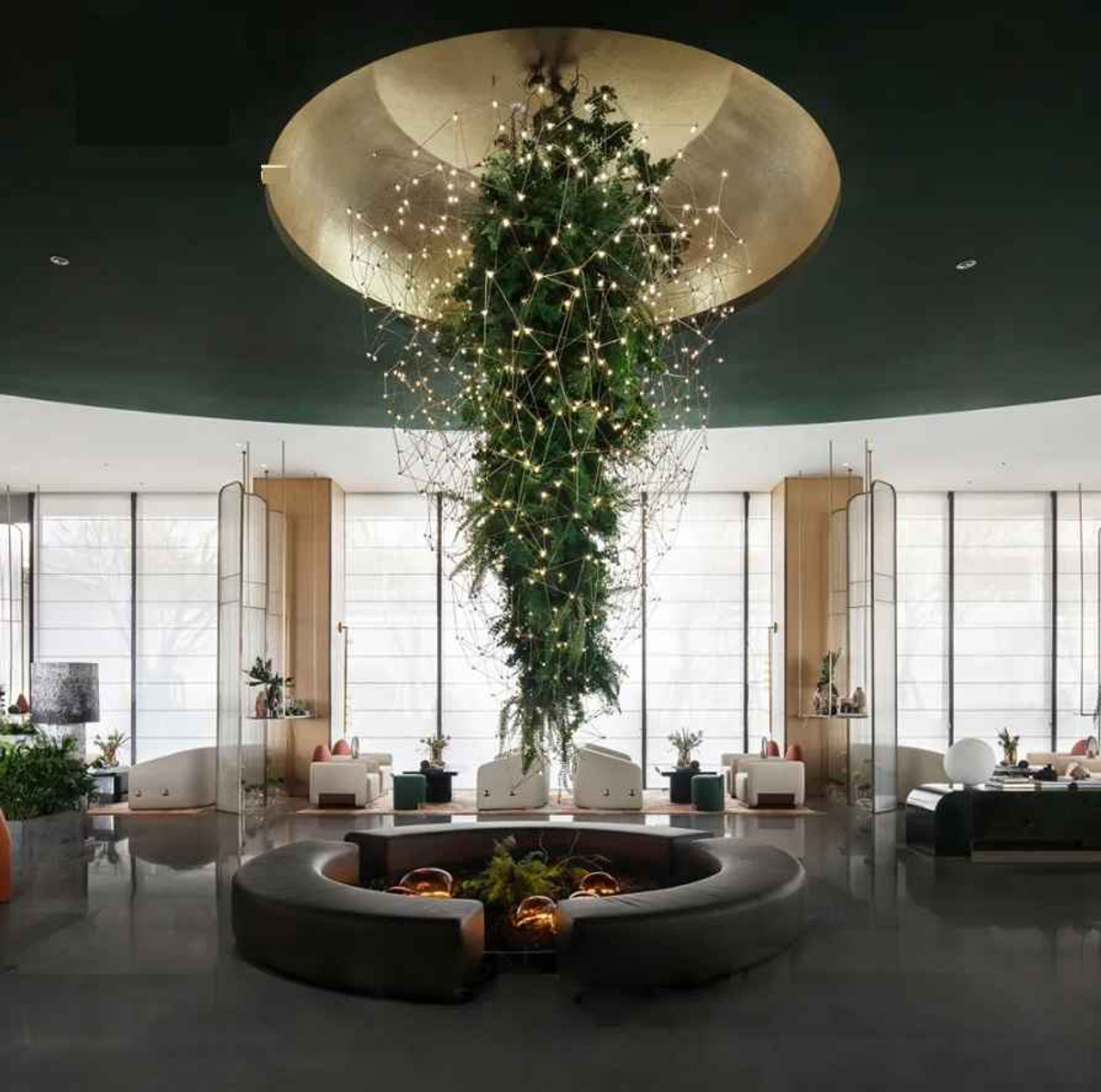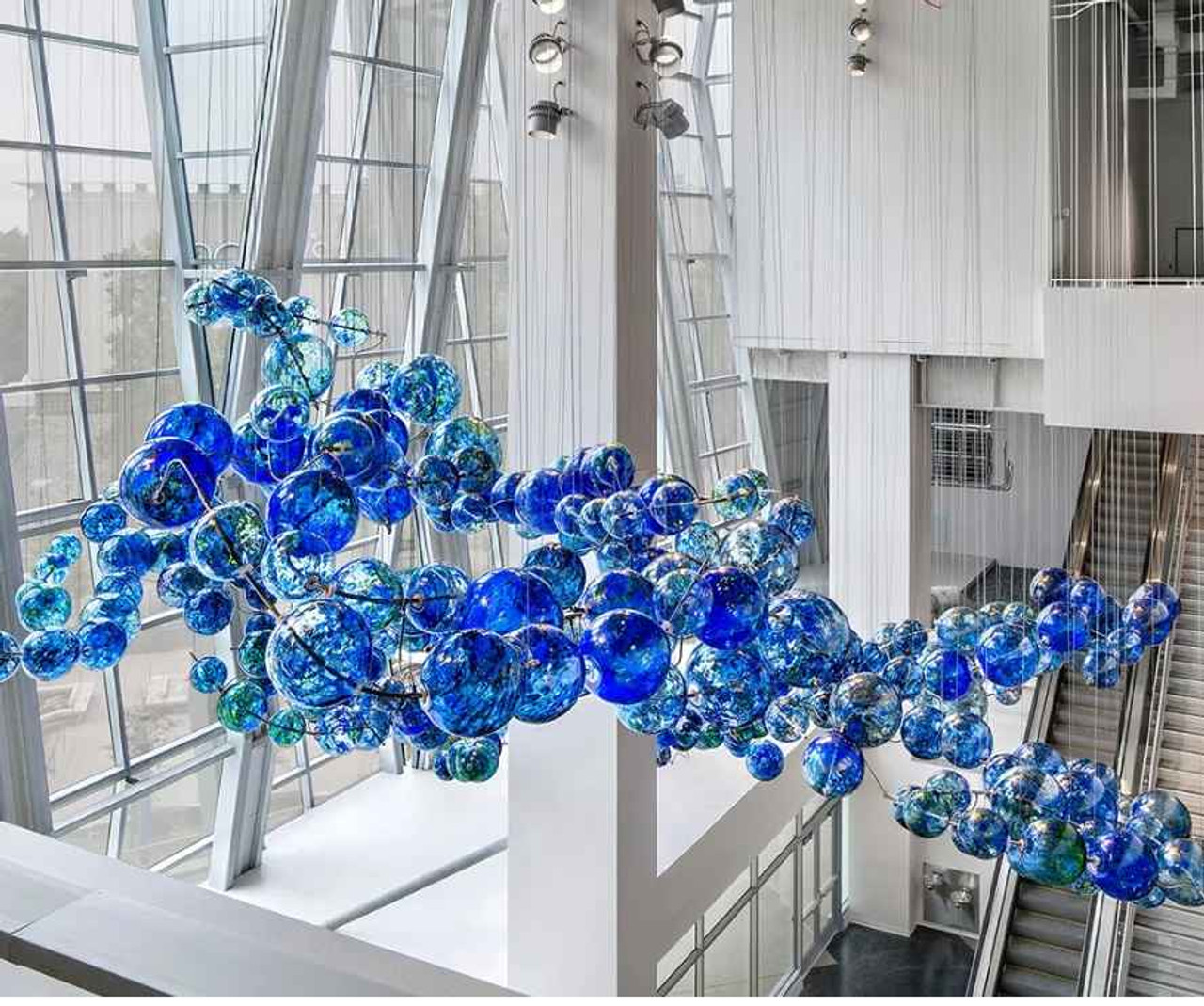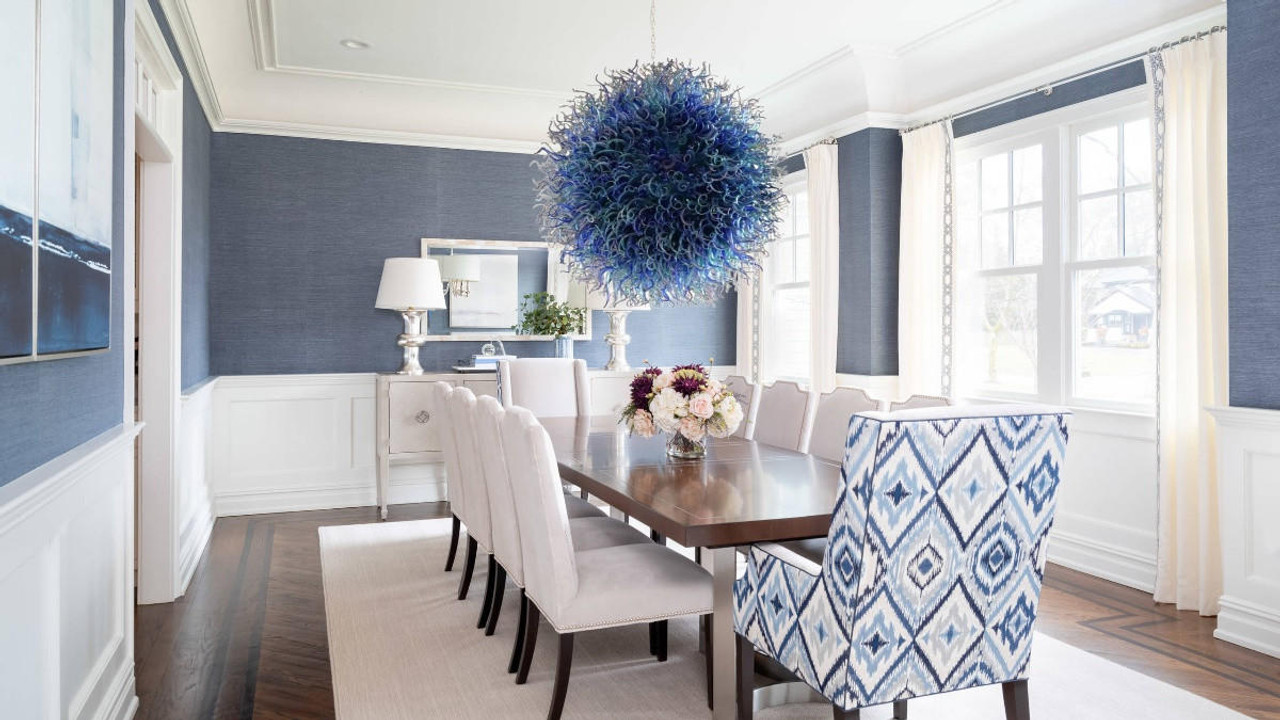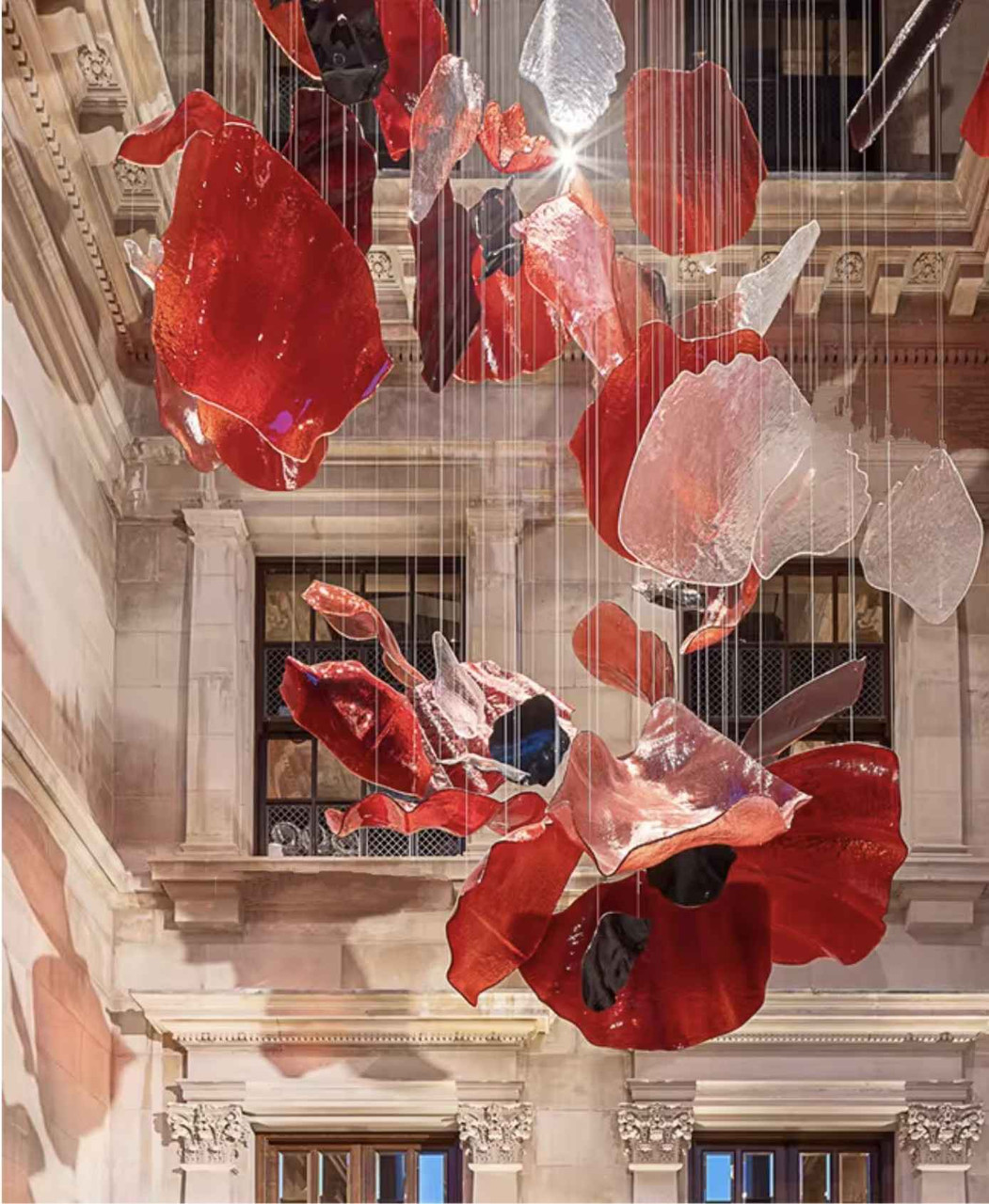Exploring the Role of Spatial Design in Boundaryless Immersive Art Experiences
21st Aug 2024
Exploring the Role of Spatial Design in Boundaryless Immersive Art Experiences
In recent years, immersive art experiences have surged in popularity, transforming the way we interact with and perceive art. Unlike traditional art exhibitions, which often position the viewer as an observer, immersive art blurs the boundaries between the artwork and the audience, inviting participants to step into the piece and become an integral part of the experience. At the heart of this transformation lies the concept of spatial design, a critical element in crafting environments that are not only visually stunning but also emotionally resonant and intellectually engaging.
This blog explores the pivotal role that spatial design plays in creating boundaryless immersive art experiences. We will delve into the principles that guide spatial design in these contexts, examine how architects and designers manipulate space to foster a sense of immersion, and consider the challenges and opportunities inherent in designing such innovative environments. Additionally, we will highlight case studies of immersive art installations where spatial design played a crucial role in shaping the visitor's journey and the overall impact of the art.
The Principles of Spatial Design in Immersive Art
Spatial design is the art and science of shaping the physical environment to enhance the human experience. In the context of immersive art, spatial design goes beyond mere aesthetics; it is a deliberate and strategic approach to creating spaces that engage all the senses, evoke emotions, and facilitate meaningful interactions between the artwork and the viewer.
1. Integration of Space and Art
One of the fundamental principles of spatial design in immersive art is the seamless integration of space and art. Unlike traditional exhibitions where art is displayed within a predefined space, immersive art experiences often involve the creation of environments where the space itself is an integral part of the artwork. The architecture, lighting, and even the acoustics of the space work in harmony with the visual and conceptual elements of the art, creating a holistic experience that transcends the sum of its parts.
2. Multisensory Engagement
Immersive art experiences are designed to engage multiple senses simultaneously. Spatial design plays a crucial role in orchestrating this multisensory engagement. The use of lighting, sound, texture, and even scent can enhance the emotional impact of the art and create a more immersive and memorable experience. For example, soft, diffused lighting might evoke a sense of calm and contemplation, while sharp, contrasting lights could heighten tension or drama.
3. Human-Centered Design
At its core, spatial design in immersive art is human-centered. It considers the needs, emotions, and behaviors of the participants, creating environments that are not only visually appealing but also intuitive and accessible. This approach often involves designing spaces that are adaptable and responsive to the presence and movements of the participants, allowing them to interact with the art in a way that feels natural and spontaneous.
4. Narrative and Flow
Effective spatial design in immersive art experiences often involves creating a narrative journey for the participant. This journey is carefully choreographed through the use of spatial cues, such as pathways, focal points, and transitions between different areas. The goal is to guide the participant through the experience in a way that enhances the storytelling and deepens their engagement with the art.
How Architects Create Fluid, Dynamic Spaces That Foster a Sense of Immersion
Creating a truly immersive art experience requires architects and designers to think beyond traditional architectural boundaries. The spaces they create must be fluid, dynamic, and adaptable, capable of responding to the needs of the artwork and the participants alike. Here are some of the key strategies architects use to achieve this:
1. Breaking Down Physical Boundaries
In traditional architecture, spaces are often defined by walls, floors, and ceilings that create distinct boundaries between different areas. In immersive art, however, these boundaries are often dissolved or reimagined to create a more fluid and open environment. This can be achieved through the use of transparent or reflective materials, open-plan layouts, and architectural elements that blur the lines between interior and exterior spaces.
For example, the use of glass walls or ceilings can create a sense of continuity between different areas, allowing participants to see and feel connected to the entire space even as they move through it. Similarly, reflective surfaces can create the illusion of infinite space, enhancing the feeling of immersion.
2. Creating a Sense of Flow
Flow is a critical element in spatial design for immersive art experiences. Architects achieve this by designing spaces that encourage movement and exploration, guiding participants through the experience in a way that feels natural and intuitive. This often involves the use of curved pathways, ramps, or undulating surfaces that lead the participant from one area to another without abrupt transitions.
The concept of flow also extends to the way spaces are organized. In many immersive art installations, spaces are arranged in a sequence that gradually builds in intensity or complexity, leading participants on a journey that culminates in a powerful, emotional climax. This careful orchestration of space and movement is key to creating an immersive experience that resonates deeply with the participant.
3. Adapting to the Artwork
One of the unique challenges of spatial design in immersive art is the need to adapt the space to the specific requirements of the artwork. Unlike traditional art exhibitions, where the space is often static and unchanging, immersive art installations may require spaces that can be modified or reconfigured as the artwork evolves or as the needs of the participants change.
This adaptability can be achieved through the use of modular or movable elements, such as walls, partitions, or lighting fixtures, that can be adjusted to create different spatial configurations. It may also involve the use of digital technologies, such as projection mapping or augmented reality, to transform the space in real-time, creating an ever-changing environment that responds to the actions and movements of the participants.
The Role of Negative Space, Modular Layouts, and Organic Forms in Shaping the Visitor’s Journey
In the design of immersive art experiences, the manipulation of space is as important as the art itself. Architects and designers use a variety of techniques, including the strategic use of negative space, modular layouts, and organic forms, to shape the visitor’s journey and enhance their engagement with the art.
1. Negative Space
Negative space, or the empty space around and between objects, plays a crucial role in spatial design for immersive art. By carefully controlling the amount and distribution of negative space, architects can create a sense of balance and harmony in the environment, allowing the art to breathe and the participant to move freely within the space.
In some cases, negative space is used to create a sense of isolation or introspection, inviting participants to focus more deeply on the art or on their own thoughts and emotions. In other cases, negative space is used to create tension or anticipation, heightening the emotional impact of the experience.
2. Modular Layouts
Modular layouts involve the use of repeated or interchangeable elements that can be arranged in various configurations to create different spatial experiences. This approach allows for greater flexibility and adaptability in the design of immersive art installations, enabling the space to be reconfigured as needed to accommodate different artworks, themes, or participant interactions.
Modular layouts are particularly effective in creating dynamic and interactive environments, where participants are encouraged to explore and engage with the space in a non-linear or non-traditional way. This approach also allows for greater scalability, making it possible to expand or contract the installation as needed without compromising the overall design.
3. Organic Forms
Organic forms, inspired by the shapes and patterns found in nature, are often used in spatial design for immersive art to create a more fluid and harmonious environment. These forms can be used to evoke a sense of movement, growth, or transformation, enhancing the emotional and sensory impact of the experience.
Organic forms are particularly effective in creating spaces that feel alive and responsive to the presence of the participants. Whether through the use of curvilinear shapes, irregular patterns, or natural materials, organic forms can help to create a more immersive and engaging environment that resonates on a deeper, more intuitive level.
Case Studies of Immersive Art Installations Where Spatial Design Played a Critical Role
To fully understand the impact of spatial design in immersive art, it is helpful to examine specific case studies where these principles have been applied successfully. The following examples highlight how spatial design has been used to create powerful and transformative art experiences:
1. TeamLab Borderless (Tokyo, Japan)
TeamLab Borderless is a digital art museum in Tokyo that has become renowned for its boundaryless immersive art experiences. The museum’s name reflects its core concept: the dissolution of boundaries between different artworks, spaces, and even between the art and the participants themselves.
- Spatial Integration: At TeamLab Borderless, the architecture of the space is designed to be fluid and interconnected. Walls, floors, and ceilings are all used as canvases for digital projections, creating a continuous, immersive environment where the art flows seamlessly from one space to another. Participants are encouraged to explore the space freely, with no predefined paths or boundaries.
- Interactive Elements: The use of interactive elements is a key feature of the spatial design at TeamLab Borderless. Many of the installations respond to the presence and movements of the participants, creating a dynamic and ever-changing environment that blurs the line between art and architecture.
- Emotional Impact: The spatial design at TeamLab Borderless is carefully crafted to evoke a wide range of emotions, from wonder and awe to introspection and tranquility. The use of color, light, and sound all contribute to the overall emotional impact of the experience.
2. The Rain Room (Random International)
The Rain Room is an immersive art installation by the art collective Random International, where visitors walk through a continuous downpour of rain that stops wherever they move, keeping them dry even as they are surrounded by falling water.
- Spatial Design and Interaction: The Rain Room’s design is both simple and profound, relying on the strategic use of space and technology to create a boundaryless experience. The installation is housed in a large, open space, with the rain falling uniformly across the entire area. As participants move through the space, sensors detect their presence, and the rain stops in a radius around them, allowing them to navigate the installation without getting wet.
- Negative Space: The use of negative space in The Rain Room is particularly effective, as the empty spaces where the rain stops create a stark contrast with the surrounding downpour. This creates a sense of isolation and introspection, as participants are made acutely aware of their own presence within the space.
- Emotional Experience: The Rain Room’s spatial design evokes a range of emotions, from the initial surprise and wonder of walking through the rain without getting wet to the deeper, more contemplative feelings that arise as participants become immersed in the experience.
3. James Turrell’s Skyspaces
James Turrell is an artist known for his work with light and space, particularly his Skyspaces—architectural installations that feature an aperture in the ceiling, open to the sky. These installations create a space for contemplation and a heightened awareness of light and color as it changes throughout the day.
- Architectural Integration: In Turrell’s Skyspaces, the architecture is integral to the experience of the artwork. The simple, minimalistic design of the space focuses the viewer’s attention on the aperture and the sky above, creating a direct connection between the built environment and the natural world.
- Use of Light: Light plays a central role in the spatial design of the Skyspaces. The interplay between natural light, the aperture, and the interior space creates a constantly changing environment, where the color and intensity of the light shift throughout the day and with the weather.
- Emotional and Spiritual Impact: The spatial design of the Skyspaces encourages introspection and contemplation, creating a serene and meditative atmosphere. The simplicity of the space, combined with the dynamic nature of the light, fosters a deep emotional and spiritual connection with the environment.
Challenges and Opportunities in Designing Boundaryless Spaces for Immersive Art
While the potential for spatial design in immersive art is vast, there are also significant challenges that architects and designers must navigate. Understanding these challenges, as well as the opportunities they present, is key to pushing the boundaries of what is possible in immersive art experiences.
1. Balancing Form and Function
One of the primary challenges in designing spaces for immersive art is striking the right balance between form and function. The space must be aesthetically compelling and emotionally resonant, but it also needs to be practical and functional for the participants. This includes considerations such as accessibility, safety, and the ease of movement through the space.
- Safety and Accessibility: Ensuring that immersive spaces are safe and accessible for all participants is a top priority. This includes considerations such as adequate lighting, clear pathways, and the inclusion of ramps or other features for individuals with mobility challenges.
- Maintaining the Art’s Integrity: While the space must be functional, it is also important to maintain the integrity of the artwork. This requires careful coordination between the artist, the architect, and the designer to ensure that the space enhances, rather than detracts from, the art.
2. Integrating Technology
Technology plays a central role in many immersive art experiences, particularly those that involve digital projections, interactive elements, or augmented reality. Integrating technology into the spatial design presents both challenges and opportunities.
- Technical Limitations: One of the challenges of integrating technology into spatial design is dealing with technical limitations, such as the resolution of projections, the responsiveness of sensors, or the stability of digital platforms. These limitations can impact the quality and reliability of the immersive experience.
- Innovation Opportunities: On the other hand, technology also presents opportunities for innovation. As new technologies emerge, they open up new possibilities for spatial design, allowing for more complex and dynamic environments. For example, advancements in virtual reality and augmented reality are expanding the potential for immersive art experiences that transcend physical space.
3. Creating a Unified Experience
Another challenge in designing spaces for immersive art is creating a unified experience that seamlessly integrates all elements of the environment. This includes the architecture, the artwork, the technology, and the participant’s interactions.
- Holistic Design Approach: A holistic design approach is essential to creating a unified experience. This involves close collaboration between the artist, the architect, and the designer to ensure that all elements of the space work together harmoniously. It also requires careful planning and attention to detail throughout the design and construction process.
- Participant-Centered Design: A participant-centered design approach is also important in creating a unified experience. This involves considering the participant’s perspective and designing the space to facilitate meaningful interactions with the art. By focusing on the participant’s journey, designers can create spaces that are not only immersive but also deeply engaging and memorable.
Conclusion
Spatial design is a critical component in the creation of boundaryless immersive art experiences. By integrating space and art, engaging multiple senses, and focusing on human-centered design, architects and designers can create environments that transcend traditional boundaries and offer participants a truly immersive and transformative experience.
Through the strategic use of negative space, modular layouts, and organic forms, architects can shape the visitor’s journey, guiding them through the experience in a way that enhances the emotional and intellectual impact of the art. Case studies such as TeamLab Borderless, The Rain Room, and James Turrell’s Skyspaces demonstrate how spatial design can elevate immersive art to new heights, creating powerful and memorable experiences.
While there are challenges in designing boundaryless spaces for immersive art, such as balancing form and function, integrating technology, and creating a unified experience, these challenges also present opportunities for innovation and creativity. As the field of immersive art continues to evolve, spatial design will remain at the forefront, pushing the boundaries of what is possible and redefining the way we experience art.


